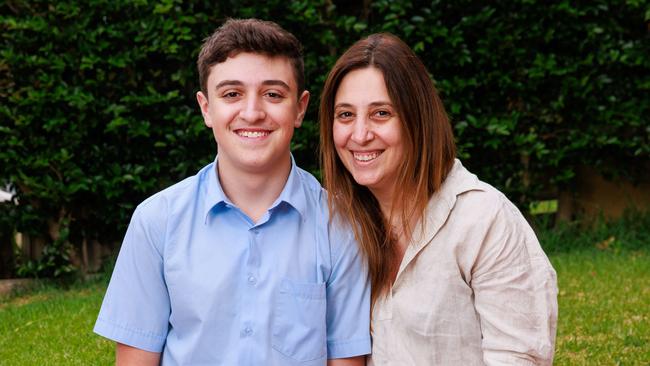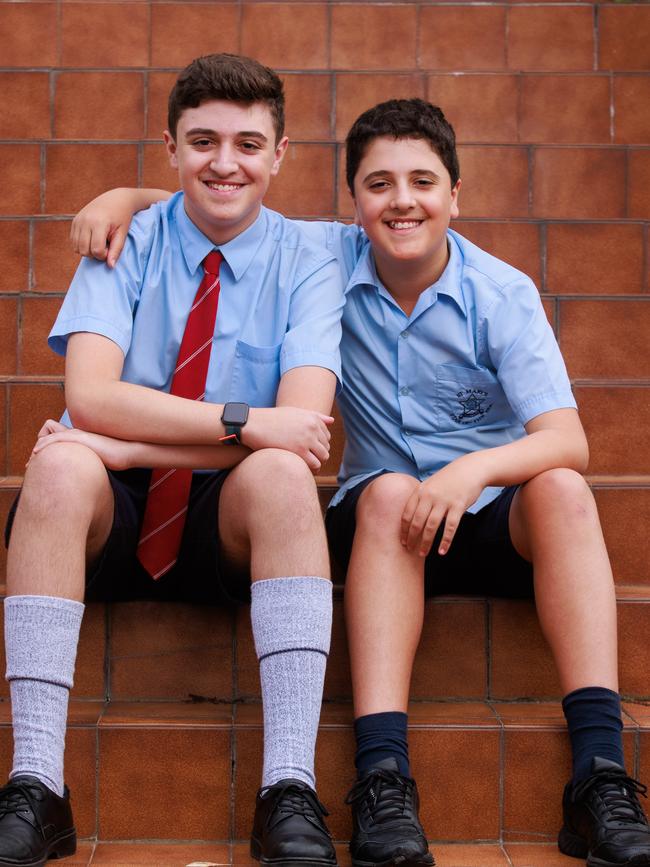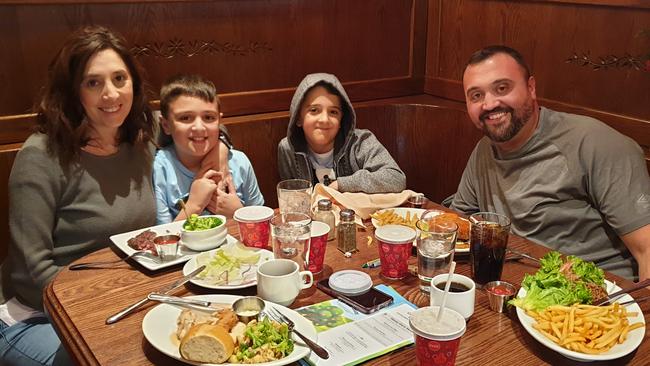How oral immunotherapy has changed Sydney family’s lives
Millions of Aussies are affected by life-threatening allergies to things like peanuts and dairy, but a treatment out of the USA is showing promise. Read one family’s costly battle to find relief, and how it worked.
NSW
Don't miss out on the headlines from NSW. Followed categories will be added to My News.
Sebastian Guerrero was just a baby when he was diagnosed with a raft of severe and potentially life-threatening food allergies, anything from eggs to milk and sesame seeds could send him into anaphylactic shock.
It was a life-changing and frightening diagnosis for his parents Leo and Dianne, who visited countless allergy specialists and immunologists for help, but their boy’s allergies just kept getting worse.
That was until they found a treatment run by Dr Douglas Jones more than 13,000km away in Utah’s Rocky Mountains, one that still isn’t available in Australia.
Known as oral immunotherapy or OIT, the treatment starts with microdosing the foods the patient is allergic to, which continues for six to 12 months until they can tolerate more and more of it.
More than 4.1 million Australians are affected by an allergic disease, with the nation dubbed the allergy capital of the world. Despite that, the main form of “treatment” in Australia is avoidance – with people ordered to stay away from anything they are allergic to.

Sebastian was nine years old when his parents made the massive emotional and financial decision to divide their family so their son could finally find some sort of reprieve from his allergies.
“Sebastian started to isolate himself … that was the tipping point,” Dianne said. “We couldn’t stay like this. He knew he was different and that was having an effect on him.”
Sebastian and Leo spent most of 2019 in Utah, while Dianne and her younger son Thomas stayed home in Sydney.
“The cost was phenomenal,” Dianne said.
“You’re living in two countries, looking after two houses. It’s not cheap.
“Then you have two brothers who are apart, missing each other. It was really hard.”
But immediately they saw results. Dr Jones confirmed Sebastian was not in fact “allergic” to wheat, barley and oats — he had coeliac disorder.


Next came egg — which was an anaphylactic trigger for Sebastian.
By the end of the 10 months, he was “desensitised” to the very food that had previously threatened his life, and four years on is now able to eat it whenever he likes.
At home he has continued his OIT therapy, and is able to drink 30ml of milk without reacting.
“He’s doing so well and it’s allowed him to do things that most people take for granted every day, like eating out at a restaurant,” Dianne said.
The Guerreros are one of more than 50 Australian families who have packed up and moved to Utah, at an estimated cost of $70,000 to $100,000.
However, OIT is still not on offer as a form of allergy treatment here in Australia.
“We are depriving families of food allergy freedom,” Dianne said.
“It changes children’s lives, it can change an adult’s life.
“It beggars belief why this hasn’t happened yet.”

Australia’s peak allergy research body, the National Allergy Centre of Excellence said OIT was on its way, with protocols currently being developed.
“The centre is developing evidenced-based tools and resources over the next 12 months to inform the most effective and safe rollout of OIT in routine clinical care in Australia,” the centre’s director Professor Kirsten Perrett said.
Allergy and Anaphylaxis Australia’s Jody Aiken said while she was in support of an OIT rollout in Australia, she was still worried about the risks associated with it.
“We are concerned about people seeing it as a cure,” she said.
“For most children it is a treatment that needs to be continued for it to keep working.
“We don’t really know about how the allergies of these children who have undergone OIT will be in the long term.”
Got a news tip? Email weekendtele@news.com.au





